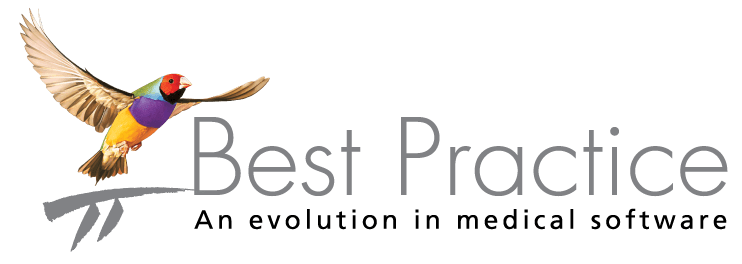As the world continues to fight and adapt to this ever-changing situation, many businesses have needed to become more innovative and agile in the way they’re operating. Globally, businesses have had their normal work routines flipped upside down and are now being challenged with navigating the unknown. For many, this involves transitioning to a work from home business. This sudden loss of control is difficult for businesses, and for many, this will be a very scary time.
For businesses who already have systems and processes in place, adaptation to a work from home business will be simple. However, for others who may be less prepared, the ability to adapt won’t come as easily and this will present an enormous challenge in an already stressful time.
When considering what can be done to make this navigation of the unknown less stressful, I would like to share three key points that I think allow a business to easily adapt and continue (with some modification) with business as normal.
Well-considered WFH Policy and Procedures
Having a clear direction and an outline of requirements is important to ensure everybody remains safe and understands what is expected of them.
The introduction of any policy should be necessitated by a business need, or to set a minimum standard for the topic that is being covered. When introducing any policy or procedure, the author should always have the business in mind. A good start would be to ask questions such as, ‘what is the desired result of introducing this policy or procedure?‘, or, ‘what past changes have not gone so smoothly?‘. Also question the why, ‘what is the demographic of our people?‘ or ‘what are the minimum access requirements (role, home environment, etc.) and technology needs?‘.
Some basic inclusions for a work from home business policy should include:
- The purpose of the document;
- Guidelines for request considerations – connectivity, role resources, role suitability and workspace;
- The frequency or period of this arrangement;
- Guidance on the logistical or performance details, which may include attendance while working from home, communication and timeframes, home insurance needs, information privacy and security, safety and well-being and WFH expenses.
Items such as these will not only set a clear business requirements and objectives, it will also make it clear to employees what is expected from them to uphold the arrangement.
Required Documentation
I am not talking about paperwork for the sake of paperwork, but having some simple documentation to assist and protect your business and its people when adjusting to a work from home business. It is very important that, as a business, you understand your obligations when it comes to safety, and it is just as important that your team understands their obligations when entering into a work from home business arrangement.
Both the business and its people need to understand that work from home business arrangements are an extension of the workplace, and therefore all business policies and safety protocols will apply, albeit with some modifications. As a business, you have a few options to ensure that your staff’s WFH environment is safe and that the arrangement will not present additional risk to the business or the team member.
Conducting safety and risk assessments of the work from home business environment is a good place to start, and there are a few ways that this can be done. The first is by employing an external party who will conduct an in-house assessment of your staff’s WFH environment. Alternatively, you can have your staff complete a self-assessment that includes photographic evidence to support their self-assessment outcomes. These self-assessments should include such areas as ergonomics (chair, workstations and set-up); potential hazards (trip and slip); general walkways to common areas and exits; first aid; lighting (natural and artificial); work environment climate (air-conditioning, fans, fresh air); and location of power supplies.
The home working environment needs to be assessed as if it was an area in the workplace.
Communication
Communication is the conduit that brings all of this together. It’s the start of the process when the business introduces the work from home business arrangement. It’s the connectivity that the business will have with its people, it’s the checks and balances that managers will use to stay on top of their peoples’ outcomes, and it’s the best way to ensure businesses expectations are met and adequate support is being provided to the team.
The business should have – within its policy or setup within its teams, how people will connect and the frequency of these connections. At the start, this may be more frequent and as time progresses the frequency may become less. Ideally, contact and communication should still occur at least at the start of the day and once during the day, not dissimilar to how you’d greet your team at the start of each workday when you arrive, and chat casually or formally throughout the day. This will help remind staff that support is available if they need it.
There is an incredible variety of technology available to businesses these days. This includes platforms such as email, video conferencing, instant messages, use of collaboration software like MS Teams, Zoom, Skype and alike – and let’s not forget the good old telephone. Although not all of these platforms will be needed, it’s a good idea to review the communication needs of your business, the pros and cons of different software options and the volume of contact that your business will need when communicating with its people.
These three key points mentioned are only a guide to the endless possibilities that are available to assist in navigating the unknown in transitioning to a work from home business. It’s extremely important that organisations implement processes and systems that are right for their business. Take the time to ask questions, research and understand what value these changes will provide your business, especially in these unique times.
Authored by:
Brendon Croft
People, Culture and Capability Manager at Best Practice Softwar

